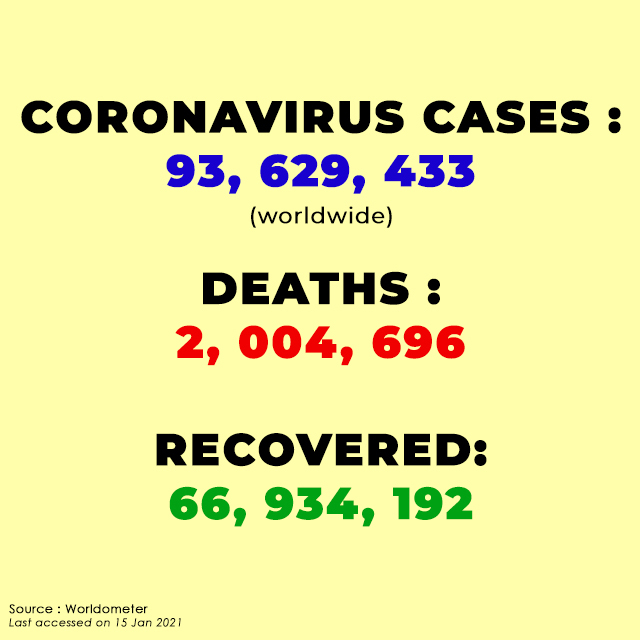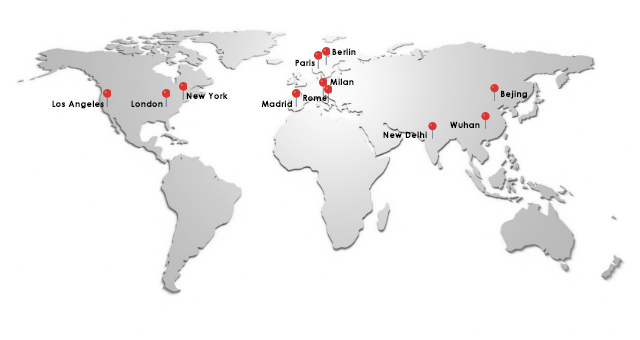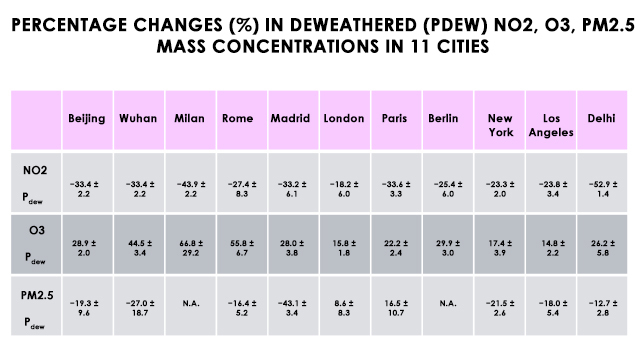The COVID-19 lockdown transformed us all. Didn’t it? The global restrictions brought various changes in and about the world. The environment resurrected. At least that’s what we thought. According to a new study, the air quality during the lockdown didn’t improve as much as we expected. Read more to find out.
Although it seems likely, it was not ages ago when a nanoscopic virus brought the entire world to a standstill. The hostile coronavirus has infected over 93 million people and has a death toll of more than 2 million lives as yet.

During the initial transmission, countries throughout the world imposed a lockdown that affected the world economy profoundly. The silver lining amidst the chaos was the enhancement of air quality. However, a new study suggests that we may have overreckoned this aspect. In reality, the air quality did not undergo a drastic transformation.
The Study
ScienceAdvances journal recently published a study titled- Abrupt but smaller than expected changes in surface air quality attributable to COVID-19 lockdowns. The study focused on the differences in air quality in eleven cities worldwide during and post-lockdown. The researchers followed a de-weathering approach to eliminate the meteorological variation from air quality data. It removed the weather-based bias that affected the concentrations of air pollutants in the ambient air. Granular concentrations of breathable PM2.5, NO2, and O3 spanned over half a decade (since 2015) were taken into account.
Mid-way through the global health emergency, the WHO declared air pollution as the cause of a silent pandemic. Followed by this, numerous studies started exploring the relationship between air pollution and COVID-19. Most of them only included a mere analysis of the annual air quality data from March 2019 to March 2020– which could not have considered all the dynamic factors. For this study, the participating scientists created a statistical air quality model. The model secluded the impact of weather from the actual effect of lockdown on air quality.
The following eleven cities were part of the study- Beijing, Wuhan, Milan, Rome, Madrid, London, Paris, Berlin, New York, Los Angeles, and Delhi.

The eleven global cities of the study.
Changes in air quality parameters during the lockdown

Percentage changes in the concentrations of air quality parameters(de-weathered) during lockdown.
As per the study, there was a marked decrease of 10-50% in the de-weathered NO2 levels in all the eleven cities. There was a substantial dip in the concentrations of particulate matter (PM2.5) in almost all the cities except for London and Paris. But shockingly, the levels of O3 increased by about 2-30% in a maximum of the cities except for London.
The results showed that only about a 30% decline in concentrations of NO2 was attributable to the lockdown. It was in great contrast with the average order of 60% obtained from previous studies. Delhi experienced a staggering drown of almost 53% in the de-weathered concentration of NO2 due to the lockdown.
The PM levels deteriorated in the most polluted of the examined cities- Wuhan and Delhi. Other cities detected similar trends. On the contrary, London and Paris witnessed slightly higher levels of PM2.5 on average.
In the case of ozone, the tables seemed to have turned. All eleven cities in the study showed elevated levels of ozone during the lockdown. Nitrogen dioxide’s reaction with TVOCs is responsible for the formation of ozone in the lower atmosphere. Therefore, this increase could nullify the health benefits of the decrease in nitrogen dioxide.
Vehicular emissions are the principal sources of NO2. The global lockdown led to stringent restrictions on those, and that explains the dip in their levels. However, power plants, refineries, and industrial boilers continued their operation. Therefore, the levels of PM2.5 and O3 remained more or less unaffected.
This study reflects how challenging the mitigation of air pollution is.